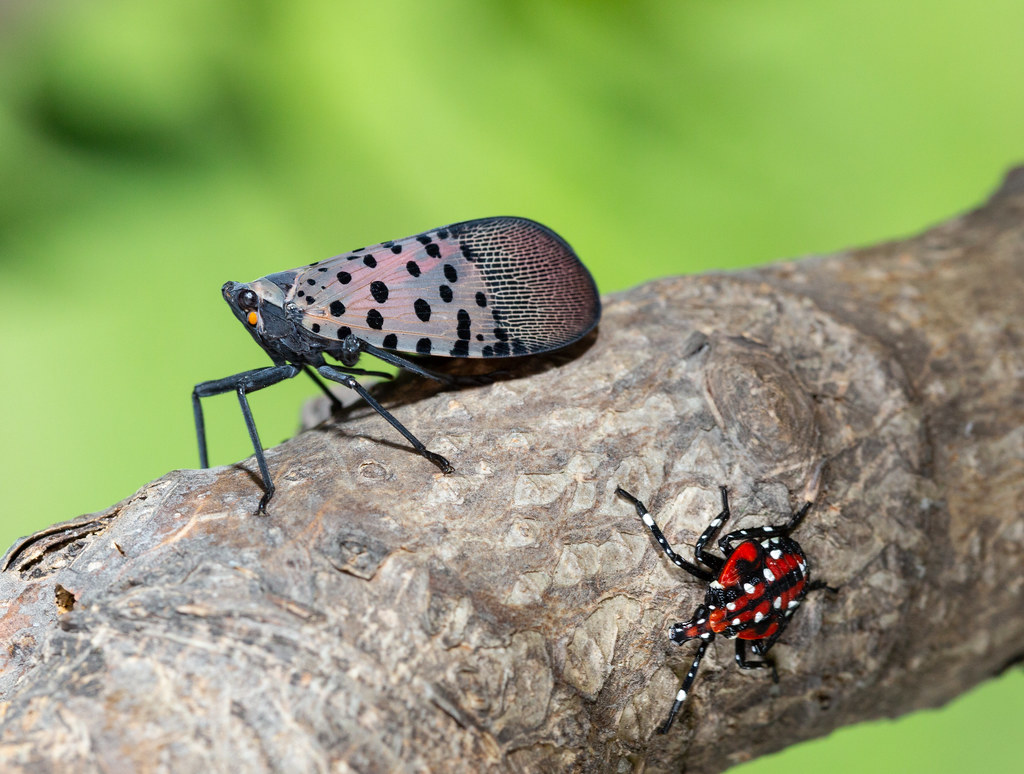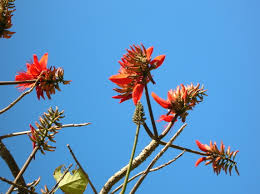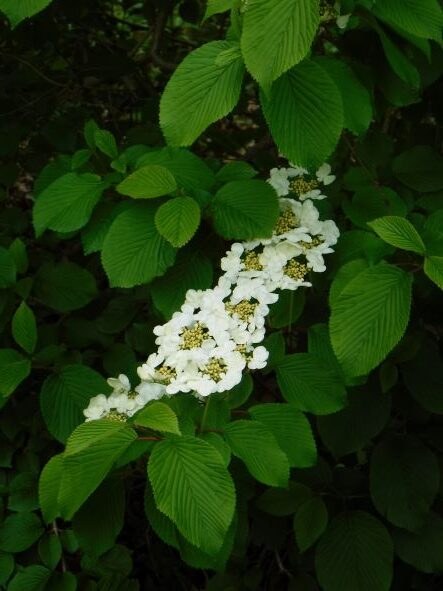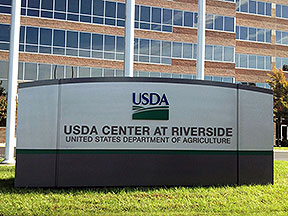
Seven coauthors (full citation at end of blog) compared various factors associated with numbers of invasive insect species in 44 land areas.These ranged from small oceanic islands to entire continents in different world regions, Liebhold et al. determined that the numbers of established non-native insect species are primarily driven by diversity of plants, including both native and non-indigenous. Other factors, e.g., land area, latitude, climate, and insularity, strongly affect plant diversity. Through this mechanism these factors affect insect diversity as a secondary impact.
Seven coauthors (full citation at end of blog) compared various factors associated with numbers of invasive insect species in 44 land areas.These ranged from small oceanic islands to entire continents in different world regions, Liebhold et al. determined that the numbers of established non-native insect species are primarily driven by diversity of plants, including both native and non-indigenous. Other factors, e.g., land area, latitude, climate, and insularity, strongly affect plant diversity. Through this mechanism these factors affect insect diversity as a secondary impact.
At large spatial scales [greater than 10 km2], regions supporting more diverse plant communities offer greater opportunities for herbivore colonization. Thus, plant diversity promotes invasion through the “facilitation effect”. Since most insects – including most of those introduced to naïve ecosystems – are herbivores, a greater number of possible foods is a clear advantage. Those insects that prey on herbivores benefit by plant diversity indirectly.

At smaller spatial scales, plant diversity might impair the ability of insects to locate hosts because of the “dilution effect”. I have been asking for decades why so few of the Eurasian insects established in eastern North America have not also established along the Pacific coast from Oregon into British Columbia. The region has a plant-friendly climate and almost every plant species from temperate climates is grown there in cultivation. Perhaps the non-native plants – while numerous enough to become invaders themselves – are still sufficiently scarce or dispersed to impair introduced insects’ locating an familiar host?
According to the Smithsonian Institution, Hawai`i has approximately 2,499 taxa of flowering plants and 222 taxa of ferns and related groups. The native flora of the United States includes about 17,000 species of vascular plants; at least 3,800 non-native species of vascular plants are recorded as established outside cultivation. I don’t know how many non-native plant species are in cultivation.

I note that this article appeared more than four years ago. However, its important findings do not appear to have been integrated into either policy formulation governing plant introductions or pest risk analysis applied to insects or pathogens that might be introduced. (Indeed, we probably need a separate analysis of whether fungi, oomycetes, nematodes, and other pathogens show the same association with plant diversity in the receiving environment.)
How do we – government agencies, academics, conservation organizations, plant industry representatives — use this information to help curtail introductions of plant pests? Can it be integrated into APHIS’ NAPPRA process?
SOURCE
Liebhold, A.M., T. Yamanaka, A. Roques, S. August, S.L. Chown, E.G. Brockerhoff & P. Pyšek. 2018. Plant diversity drives global patterns of insect invasion. www.nature.com/scientificreports/
Posted by Faith Campbell
We welcome comments that supplement or correct factual information, suggest new approaches, or promote thoughtful consideration. We post comments that disagree with us — but not those we judge to be not civil or inflammatory.
For a detailed discussion of the policies and practices that have allowed these pests to enter and spread – and that do not promote effective restoration strategies – review the Fading Forests report at http://treeimprovement.utk.edu/FadingForests.htm
or
